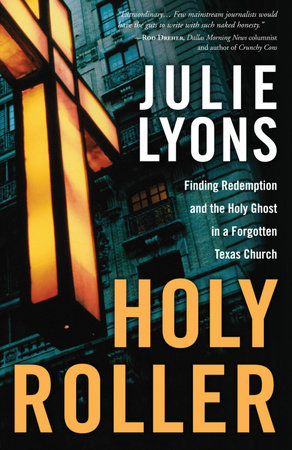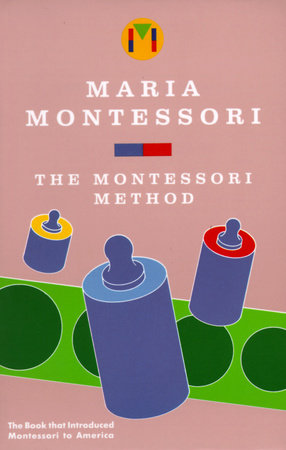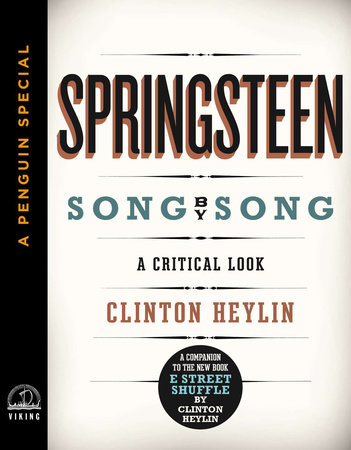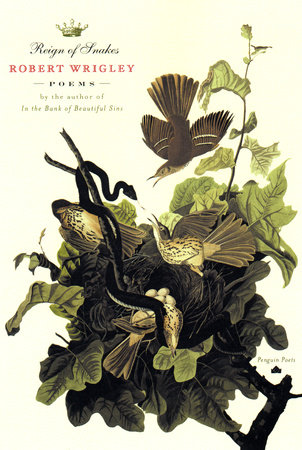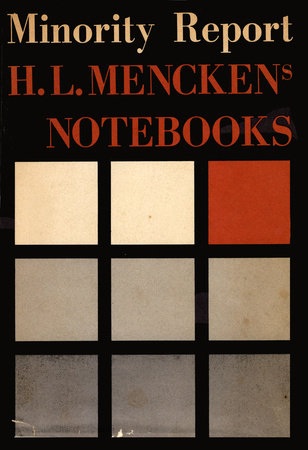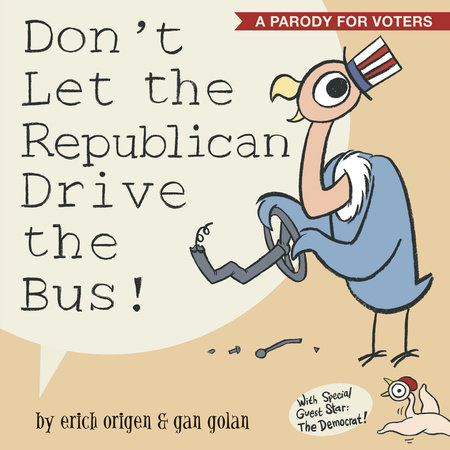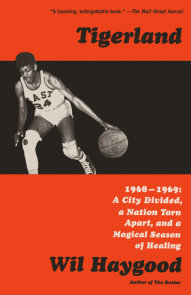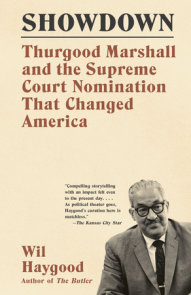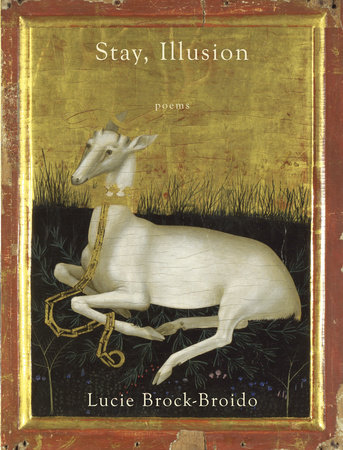Author Q&A
A Conversation with Wil Haygood
Q: Of the 250 people you interviewed for this book, which included amazing people like Jerry Lewis, Tony Curtis, Eartha Kitt, and others, which people were you most excited to interview about Sammy?
A: Harry Belafonte was a wonderfully intriguing person to talk to. He flat-out dismissed the oft-heard notion of Sammy as missing-in-action during the height of the civil rights movement. A major confidante of Martin Luther King Jr., Belafonte told me–for the first time, he admitted–how King wanted to recruit Sammy to the movement and how he (King) was enamored of Sammy’s skills and committment. Sammy, as is shown in In Black and White, staged major one-man fundraisers on behalf of King and others; often his money was used to bail King and others arrestedduring marches, out of jail. Jerry Lewis was insightful because he had been around Sammy since 1953, before Sammy was a known name. Lewis, himself a child of vaudeville, had wonderful insights on Sammy’s need to be loved. Both Eartha Kitt and Chita Rivera were important, inasmuch as Sammy had wooed both and intimated marriage desires towards both. As much as each seemed to be fascinated with Sammy, they were perceptive enough to realize the demons that tormented him. Tony Curtis was amazingly forthcoming: because he and Sammy arrived in Hollywood around the same time (late ‘40s), he had powerful insights about their friendship, about Sammy’s conversion to Judaism (Curtis is Jewish), and about Sammy’s complex relationship with his father and the vaudvillian, Will Mastin. Peggy King and Helen Gallagher were two white entertainers who had never talked about their interracial romances with Sammy, and when they did, it opened a whole new level of understanding for me about Sammy, namely his curiosity about other cultures, his overwhelming need to be accepted, and, something both women realized, his painful relationship with his mother, Elvera.
Q: Your book provides an amazing sweep of the history of vaudeville and black entertainers in vaudeville, including the amazing years of the Harlem Renaissance. How much research did you have to do and where to find out about all of this?
A: I thought the history of vaudeville was critical to understanding the life of Sammy Davis, Jr. because Will Mastin, the founder of the vaudeville troupe Sammy danced in, was a creature of vaudeville. Mastin, early in his life, in the 1890s (Mastin was born in 1879) danced in both white and–as they were then known–Negro vaudeville troupes. Just as Mastin danced in vaudeville, so did the more-famously known Bill “Bojangles” Robinson. Mastin was smart enough to take little Sammy to Robinson for tutelage. So the circle had begun to form; the ashes of true vaudeville were an integral part of little Sammy’s life. The best repository for information about Negro vaudeville was the Negro press, which flourished during the 1920s, ‘30s, ‘40s and ‘50s. Newspapers such as the New York Age, the Amsterdam News, and even Billboard had writers and even columnists assigned to Negro vaudeville. Many of the newspapers are stored at the the Schomburg Center for Black Culture in Harlem and the Harvard University Library in Cambridge, MA, both places I ventured. One can sit in front of the microfiche screen and look at microfilm from the ‘20s and ‘30s and see the old world of vaudeville flash by as if on daguerrotype. There were also a number of people I interviewed who themselves danced at the end of the vaudeville era, such as Eileen Barton, Jerry Lewis, Leroy Myers, all of whom came in contact with the young Sammy.
Q: Is it true he never went to school a day in his life?
A: It is true, Sammy never went to school a single day in his life. Since his mother was busy with her vaudeville career, he was taken by his father, Sammy Davis, Sr. at the age of 4, and grew up on the road. There were correspondence courses with a correspondence school based in Baltimore, but Sammy never took his correspondence courses very seriously. Still, he was far, far from a non-intellectual. Throughout his life, when he was on the road, he would insist on visiting military bases, photography studios, machinery plants. He was self-taught: everything intrigued him, from newly invented gadgets and architecture to books and even the occult fascinated him. His school became the whole of America.
Q: How old was he when he first performed with his dad, Sammy Davis, Sr., and Wil Mastin in the famed Wil Mastin Trio?
A: Sammy was 4 years old in 1929 when he first performed with the vaudevillian Will Mastin, in an outfit known as Will Mastin’s Gang. Sammy became so popular in the intervening years that the name of the troupe was changed to the Will Mastin Trio. By the late 1930s, Sammy had become so popular, that his all-around entertaining skills was singularly responsible for keeping the trio alive, especially at a time when many other vaudeville troupes were dying and/or fading fast. In order to keep the troupe going, Sammy became a mimic, a dancer, a singer, a drummer–all rolled into one. His father and Mastin might have been out of vogue, as two aging hoofers, but not Sammy. His skills kept them in vogue. To get Sammy, nightclub and hotel owners had to take his father and Mastin both.
Q: You write about how wonderful a dancer he was, as well as a great mimic and singer. But was dancing his greatest art?
A: Sammy’s greatest art was flat-out all around performing, doing everything, swallowing whole audiences up inside his gifts. His dancing was as remarkable as his mimicry, which was as stunning as his musicianship,which was as amazing as his standup comedy routines. Born unto the wicked world of vaudeville, where the judgments were quick and furious, Sammy always feared rejection, thus he burnished his image upon the nightclub and hotel owners by giving them not only what they wanted but more of it: dancing, singing, mimicry, quick-draw contests with his six-shooters. He’d just move from the vibraphone to the saxophone to the drum set. And then, toward show’s end, he’d do the most beautiful soft-shoe dance number one ever saw. The great Yankee Doodle Dandy, James Cagney himself, once said Sammy was amongst the best dancers he’d ever seen. It is no small feat for the entertainer to endure; Sammy aimed to, and did.
Q: Sammy was able to mimic famous white movie stars in a way that dazzled people, especially because being a star was so important to him. Who is he known best for doing?
A: Sammy gave dead-on impersonations of Humphrey Bogart, Edward G. Robinson, Dean Martin, Marlon Brando, Jerry Lewis, and Bobby Darin, among others.
Q: Early in his career, he got to work with amazing talent–mentors who saw something in him and encouraged him. Who were they?
A: Bill “Bojangles” Robinson served as an early teacher of Sammy’s. Others who kind of mentored him were Jerry Lewis, Sinatra, Eddie Cantor, Mickey Rooney, and Jack Benny.
Q: Sammy’s stint in the Army, virtually illiterate at age 19, was not a great experience for the young kid, but he did learn a certain kind of survival skill there, didn’t he?
A: Sammy served in World War II, all stateside on a military base in Wyoming. It was a crucial time for him, inasmuch as he had never been away from his uncle and father. They’d coddled him and kept him as far removed as possible from the ravages of racism and mistreatment. So there, in the mountainous regions of Wyoming, he was on his own for the first time, and there were brutal fights with Sammy having to defend himself from soldiers who loathed the idea of an integrated military. The assaults fairly knocked Sammy out of the cocoon in which he’d lived for so long. His military career was a mere 10 months, but it was a searing time for him as he was made aware of the history of America, the history of white and black.
Q: When Sammy lost his eye in a car crash in ’54, did everyone, including him, think his career might be over?
A: The eye accident was a terrifying event for most everyone around Sammy–except Sammy. Here is where his bravery, his sheer willpower, is shown to stunning effect. Many of Sammy’s friends–Tony Curtis, Jeff Chandler, Frank Sinatra, Danny Kaye, Janet Leigh–rushed out to the hospital in San Bernardino hours after they heard news of the crash. Many wondered if he’d ever recover emotionally. But not Sammy. Amongst his first questions to his doctor concerned the condition of his legs. If his legs were okay, he knew he’d recover. The loss of an eye might have sent others into an emotional tailspin. To be sure, Sammy expressed doubts about how his career would move forward, but he never doubted his own ability to keep performing. He was even hungrier for succes now. One of the more remarkable finds, to me at least, in this chapter about the car crash, was finding Sammy’s doctor, Dr. Fred Hull, who was still alive! He was wonderful, taking me step by step through the whole eye surgery and sharing with me his insights about Sammy.
Q: His return engagement after the eye surgery–THE comeback night at Ciro’s in Hollywood, when everyone from Cary Grant to Bogie and Bacall, Judy Garland, Jimmy Stewart, etc. were there. Just how big and how great was that?
A: Sammy’s first major nightclub performance after the eye accident was in early 1955 at Ciro’s. It was a royal and unforgettable night in the history of Hollywood. For years prior to the accident Sammy had been impersonating white performers in and around Los Angeles, mimicking them: Edward G. Robinson, Jimmy Stewart, James Cagney, and Humphrey Bogart were among those whom he impersonated, with usual roaring approval and astonishment. Fans of these entertainers would tell the stars about this kid, this little Negro kid, who was impersonating them, and doing a magnificent job at it. So they’d come out to see him, and they would, as well, be amazed. So Sammy’s fan club included many Hollywood legends. And those very legends wanted to support him on his comeback night. Taking the stage, now with one eye, and performing for nearly two hours, Sammy seemed to bewitch Hollywood. The stars were out, and they were crying, saluting, even howling at him. That night he was like a great and wounded athlete, back and showing he still had the skills that made him great. He sang and danced, did his mimicry, played his instruments, and then danced some more. There had actually never been such a singular night in Hollywood when a Negro performer had so entranced the town. It can be said that it was the night that Sammy Davis, Jr crossed over–into worlds both black and white.
Q: You make the point that there were very few black stars alowed to get famous in Hollywood before Sammy: Paul Robeson and Lena Horne, who both later suffered the blacklist consequenses, Hattie McDaniel and Dorothy Dandridge. But how big was it that Sammy broke through and did he more than anyone else?
A: Sammy’s breakthrough was epic. For the simple reason he did not break through as solely an actor (like Sidney Poitier), or a singer (like Eartha Kitt, even though she later went into acting). Sammy’s breakthrough tackled various forms of entertainment: movies, nightclub, recordings. There hadn’t been a Sammy before Sammy. If one door would have closed on him, he’d of simply gone through another. Hard to categorize, Sammy eluded being pigeon-holed. Sammy, more than Paul Robeson or Lena Horne, cultivated his own career with a blinding pursuit. While many sometimes found it shameless, that blind pursuit was the road Sammy felt comfortable traveling.
Q: How important was the Rat Pack, and Frank Sinatra in particular, to Sammy’s life?
A: Sinatra was Sammy’s first big hero. Sammy listened to him in the early ‘40s and finally met him at the Paramount theatre in New York City before World War II. Sinatra–like those in Hollywood would come to–was fascinated with Sammy’s drive and skills. (Sinatra also just loved the way Sammy kept his father and Will Mastin in tow.) So he managed to open some very important doors for him concerning nightclub owners. In the early 1960s, America saw Sammy on stage with Sinatra and Dean Martin and Joey Bishop and Peter Lawford: the Rat Pack. The country, however, was of two minds of this merging: many whites loved Sammy, were intrigued by him, wondered about the rest of black America. Blacks were wary, and many felt Sammy was subsuming his talents in allegiance to the Rat Pack. It was wrought with psychological subterfuge, but most potently, it was one of the most integrated moments in early ‘60s America, via the television screen. Sammy was all of black America, and black America suddenly had a presence.
Q: Sammy had complicated relationships with women, and seemed obsessed with blondes. Why?
A: In a very real way, Sammy came of age sexually in Canada, where he had been traveling in the 1930s. The attitudes about interracial relationships were far more relaxed and less dangerous there than in America. So when Sammy started dating in America in the ‘40s, he gravitated toward white women. It was a decision fraught with peril. Before Sammy’s relationships with Kim Novak, the actress, and Mai Britt, the Swedish actress he married, he had affairs with two other white women that were just as fascinating: Peggy King, a singer from Philadelphia, and Helen Gallagher, a chorus dancer, in the 1950s.
Women bewildered and bewitched Sammy. A hyper soul his whole life, introspection often frightened him. But his nonexistent relationship with his mother only made it all the more sad and tragic. Sammy found it difficult to give his wives anything other than Sammy–the name in lights, the motherless child of his own childhood. Upon the death of his grandmother, Rosa, Sammy lamented to Virginia Capehart, a friend of his grandmother’s, that no one loved him for himself–except his grandmother Rosa. Virginia thought it amongst the saddest things she had ever heard.
Q: What would you say are some of the major differences between your biography and the less-than-truthful autobiography, Yes, I Can, that Sammy co-authored in ’65.
A: My book is the first major biography of Sammy Davis, Jr. there is. I open the book, in fact, with a dissection of Yes, I Can for the simple reason that the book is outdated and yet is still a fascinating document. It’s intriguing because of what is NOT in that book: nothing about Sammy’s parents, nothing about Sammy’s sister, nothing about Sammy’s obsession with blondes. It is a book devoid of psychological insight. And yet, when first published back in 1965, it gripped America. It became a bestseller. It was such a new kind of book–a Negro entertainer who’d sprung from the ashes of vaudeville–that no one could point to a precedent. However, Sammy did not write that book. It was written by a husband and wife team, Burt and Jane Boyar, who were entranced with Sammy, and I say that in the kindest way. I visited at length with Burt Boyar and he revealed just why the book was so skewed. He blamed it on the times the book was begun–pre-1960s America, which meant before the civil rights movement. So the book not only lacked candor but honesty as well, even pride. Something else about Yes I Can: Sammy practically willed that book into being, as it was unwanted by many publishers, and finally found a home with FSG.
Q: What, in your opinion, is his best work on film?
A: Sammy’s best work on film, sadly, is the rather difficult-to-see Anna Lucasta (the movie based on the Phillip Yordan play) and Porgy and Bess, the Otto Preminger-directed movie version of the Gerswhin play. In both movies Sammy dazzles. In Anna he plays opposite Eartha Kitt. It was his first leading role since childhood. In Porgy and Bess he plays Sportin’ Life, a scheming hustler on the riverfront of Gershwin’s imagination. While that movie featured the likes of Sidney Poitier, Dorothy Dandrigde andPearl Bailey, Sammy–and the critics testified to it at the time of the movie’s release–stole the film. Sammy also turns in a finely nuanced performance in A Man Called Adam, a movie he executive-produced. Sammy plays a struggling jazz musician in the film–many believed it was a veiled portrayal of Miles Davis. Sammy’s last bigscreen performance was in Taps, a movie about a tap dancer (played by Gregory Hines) looking to find his way back to his roots. Sammy plays an aging tap dancer in the film and gives a beautiful, quiet, and touching performance. In real life, his health was beginning to fail. In the film, his very presence looks like bravery.
Q: Sammy had a mother who was less than there for him, to say the least. Can you talk about that and what it was like to meet her all those years later?
A: I had no idea, going into the research and writing of the Sammy biography, that I would find his mother, Elvera Davis, still living. But I did. She was living in Manhattan, alone. For years, after giving up on a life of being a showgirl, she had worked in Atlantic City as a barmaid. My interviews with her were challenging. I believe, after all these years, she harbored guilty feelings about not being around Sammy during his childhood. He was out on the road with his father. He missied, and never understood, why she never came to visit him. The reality of that never set well with Sammy, and the tensions between the two were lifelong. (In her later years, Elvera would go visit with a psychiatrist, trying to unravel her role as a mother.) In a real way, he was motherless. And yet for me, how wonderful to have found her! She took me into the world of vaudeville, she took me into the world of the Harlem Renaissance, and she took me into the world of her own family: her father an alcoholic who died in her youth, and her mother an assistant to a famous actress. (Upon Elvera’s death, her nieces and great-nieces related to me the story of the family’s Cuban history, which Sammy, for reasons I explain in the book, never talked about.)
Q: What were the most amazing things you learned doing this book?
A: Sammy’s life story is nothing less than the story of America itself–the heartbreaking saga of vaudeville, the lost childhoods of every child performer, the muscular climb up the ladder of the American dream which he waged, the issue of race and sex and white and black–all of it explodes within the contours Sammy’s life. He was far, far from the modern media image we’ve come to know of him that was delivered unto us in the 1960s and 1970s. He was a complex soul, internally a hurt man much of his life, and yet, a large-scale success. As much as he often tried to run away from his history, it was that very history that would give such ballast to his life in the end.



